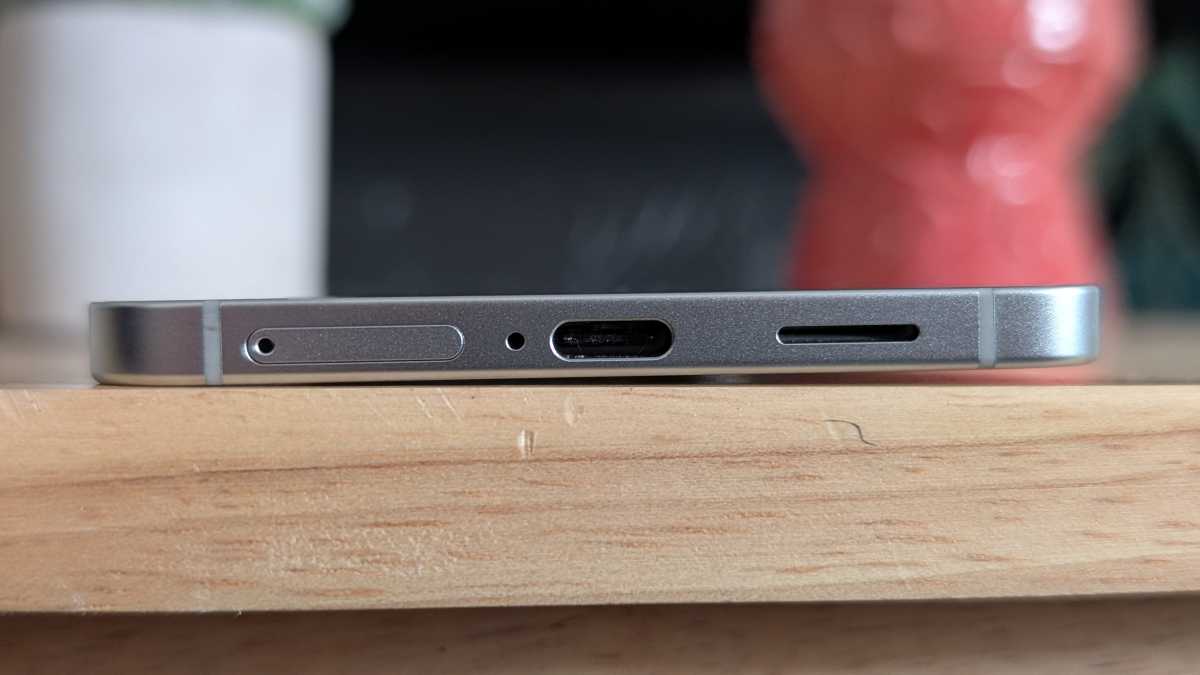Apple knows best—or certainly appears to think so. Steve Jobs famously said the company’s job was not to listen to customers, because they would ask, metaphorically speaking, for faster horses rather than cars. Thus, whenever rivals rush to jump aboard the latest bandwagon, whether netbooks or foldables or smart rings or AI chatbots, Apple quietly sticks to its own path, which more often than not proves to be the right one.
So when word got out that Apple was working on an ultra-thin iPhone 17 Air for launch later this year, and some people in the media responded with skepticism, it’s unlikely that company executives let this worry them. Everyone’s entitled to their opinion, but the only metrics for success at Apple Park are customer satisfaction and cold, hard revenue.
Which is fair enough, really. Apple has an excellent track record of doing things that are initially unpopular but look sensible in retrospect. It was pilloried for dropping the headphone jack, then other companies followed suit and AirPoids took over the world. Deluxe brick-and-mortar stores made no sense whatsoever in 2001, until the iPad arrived and they were applauded for reinforcing the brand and creating a sense of community. And seemingly every one of Apple’s hit products has received snarky comments from someone in the media before smashing sales records left, right, and center.
Maybe the iPhone 17 Air will be another of those hits. But my qualms about its rumored compromises—making sacrifices in areas that will make a real difference in order to benefit those that won’t—are now backed by some real-world evidence. The 17 Air won’t go on sale for another three months, but one of its main rivals came out last month… and isn’t selling well at all.
According to The Elec, Samsung’s Galaxy S25 Edge has so far shifted fewer units than its maker expected, that it has already “considerably lowered the number of units it was producing.” The site doesn’t provide sales numbers, but goes on to describe them as “weak performance” and a “nosedive” when phones of its type are supposed and expected to sell solidly for their first three months on the market. This follows an early report from SamMobile that the device “doesn’t seem to have attracted a large enough crowd to satisfy the Korean tech giant” despite Samsung doing its best to sweeten preorders with steadily improving deals.

Anyron Copeman / Foundry
Of course, Apple’s marketing department would counter that this is good news. That Samsung’s failure to deliver on the ultra-slim concept only makes life easier for the iPhone 17 Air when it arrives, and that it’s the S25 Edge’s execution that is at fault, not the general idea of a sub-6mm phone. After all, Apple sells a lot more iPhones than any single Galaxy phone and it knows what we want.
Maybe that’s right. But in those famous cases where Apple dominated a market despite arriving late, the unifying factor is that Apple did something materially different to its incumbent rivals, from the Macintosh with its mouse and windows-based interface to the iPhone’s software keyboard and user-friendly operating system. What will the iPhone 17 Air do that’s significantly different from the S25 Edge? If rumors are accurate, not much.
Let’s look at where the $1,100 S25 Edge got things wrong. My colleagues on Tech Advisor reviewed the phone last month and criticised its mediocre battery life, slow charging, tendency to run hot, and lack of a telephoto lens. They concluded that customers would be better advised to buy the Galaxy S25+, a more conventional smartphone which offers “better specs for less money.”
Putting aside the overheating issues (although Apple’s engineers face all the same thermal challenges), it’s sure to have a smaller battery and weaker camera setup than the other models in the iPhone 17 lineup. Those aren’t just issues with the S25 Edge; they’re problems with ultra-slim phones. They’re things you have to sacrifice in order to make a phone that skinny.
Then there’s the issue of whether people even want a skinny phone. The fourth iPhone model has been something of a flop since its inception, with the iPhone mini and the iPhone Plus both failing to capture much attention. And both of those phones made more sense than a super-thin model.
Apple will hope the Cupertino magic can make the iPhone 17 Air a success where the S25 Edge failed, relying on the intuitive qualities of iOS, the stickiness of the company’s product ecosystem, the usual privacy and security claims, and some expensive adverts. But it’s still a skinny phone. You can’t advertise your way out of a mediocre battery life. Besides, those positives all apply to the standard iPhones too, which will be a better choice for almost all buyers. They will offer better specs for less money. It’s simple engineering reality.
Ultimately, Samsung gambled that customers would be so seduced by the design of the S25 Edge that they would overlook its flaws, and lost: reviewers didn’t like it, and early signs are that customers don’t like it either. Now Apple is ready to put its money on the same dodgy bet, and is sure the outcome will be different. Maybe the company knows best. But maybe, with current technology, ultra-slim phones just suck.


